
Alberto Santos-Dumont (20 July 1873 – 23 July 1932, usually referred to as simply Santos-Dumont) was a Brazilian aviation pioneer, one of the very few people to have contributed significantly to the development of both lighter-than-air and heavier-than-air aircraft.
The heir of a wealthy family of coffee producers, Santos-Dumont dedicated himself to aeronautical study and experimentation in Paris, where he spent most of his adult life.
In his early career he designed, built, and flew hot air balloons and early dirigibles, culminating in his winning the Deutsch de la Meurthe prize on 19 October 1901 for a flight that rounded the Eiffel Tower.
Santos-Dumont is a national hero in Brazil, where it is popularly held that he preceded the Wright brothers in demonstrating a practical airplane.
Countless roads, plazas, schools, monuments, and airports in Brazil are dedicated to him, and his name is inscribed on the Tancredo Neves Pantheon of the Fatherland and Freedom.
He was a member of the Brazilian Academy of Letters from 1931 until his suicide in 1932.
Santos-Dumont was born on 20 July 1873 in Cabangu in the Brazilian town of Palmira (today named Santos Dumont) in the state of Minas Gerais in southeast Brazil.
Santos-Dumont was fascinated by machinery, and while still a child he learned to drive the plantation's steam tractors and locomotives. He also read a great deal of the works of Jules Verne.
Santos-Dumont's first balloon design, the Brésil, was remarkable for its small size and light weight, with a capacity of only 113 m3 (4,000 cu ft).
On 19 October 1901, after several more attempts, Santos-Dumont succeeded in making the return flight.
In 1904 Santos-Dumont shipped his new airship No. 7 from Paris to St. Louis to fly at the Louisiana Purchase Exposition, to compete for the Grand Prize of $100,000 which was to be given to a flying machine.
In 1908 Santos-Dumont started working with Adolphe Clément's Clement-Bayard company to mass-produce the Demoiselle No 19.
Santos-Dumont's final flight as a pilot was made in a Demoiselle on 4 January 1910. The flight ended when a bracing wire snapped at an altitude of about 25 m (80 ft), causing a wing to collapse.
In March 1910 Santos-Dumont announced that he was retiring from aviation. He secluded himself in his house and it was rumoured that he was suffering from a nervous breakdown caused by overwork.
In 1931 Santos-Dumont's nephew went to Switzerland and brought him to Brazil. Seriously ill and said to be depressed over his multiple sclerosis.
The use of aircraft in warfare during Sao Paulo's Constitutionalist Revolution, he hanged himself on 23 July 1932 in the city of Guaruja.
Source: Link
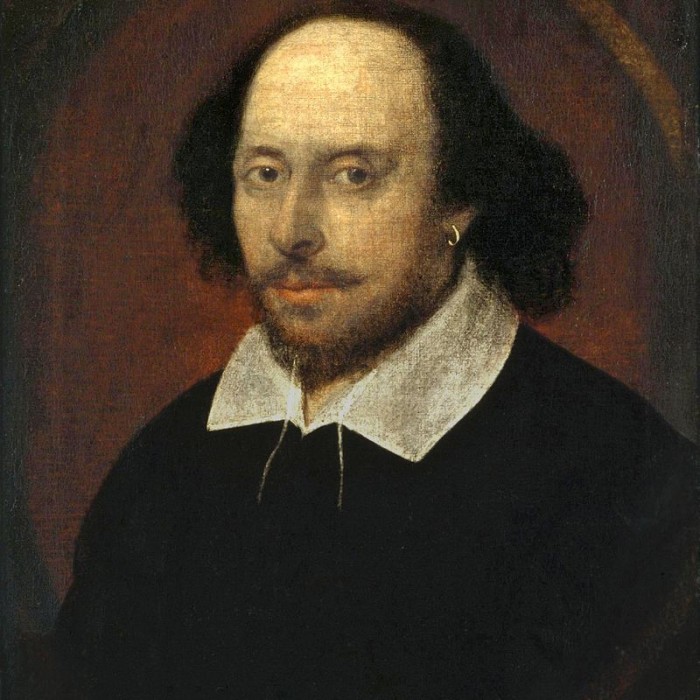
1564 - 1616

1803 – 1882

1854 – 1900
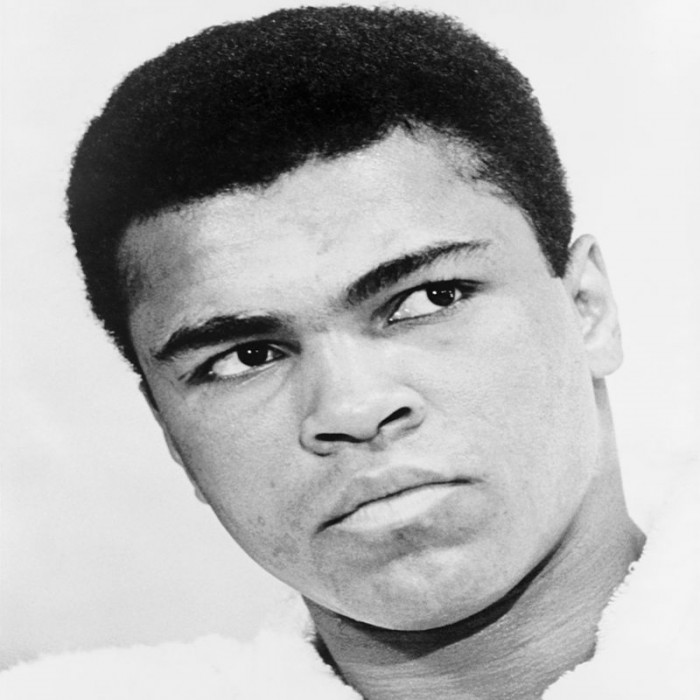
1942 – 2016

1928 – 2014

1835 – 1910

1869 – 1948
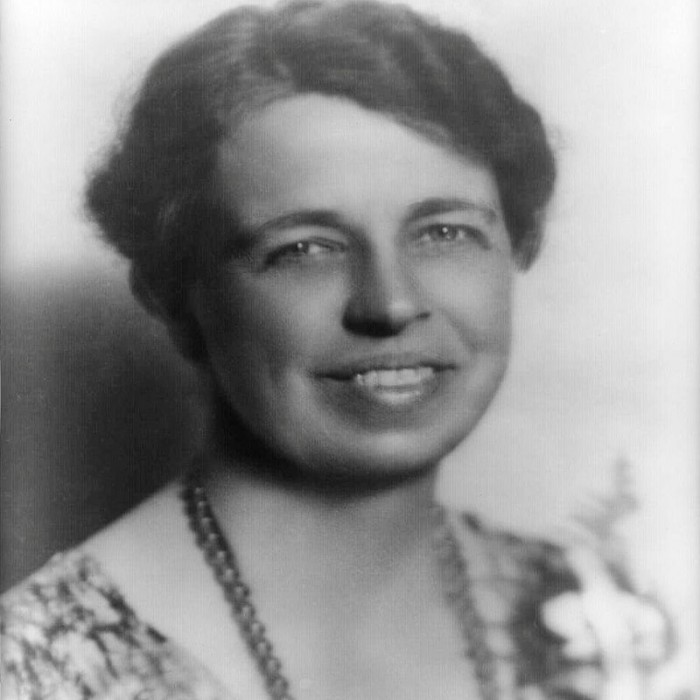
1884 – 1962
1898 – 1963

1929 – 1993
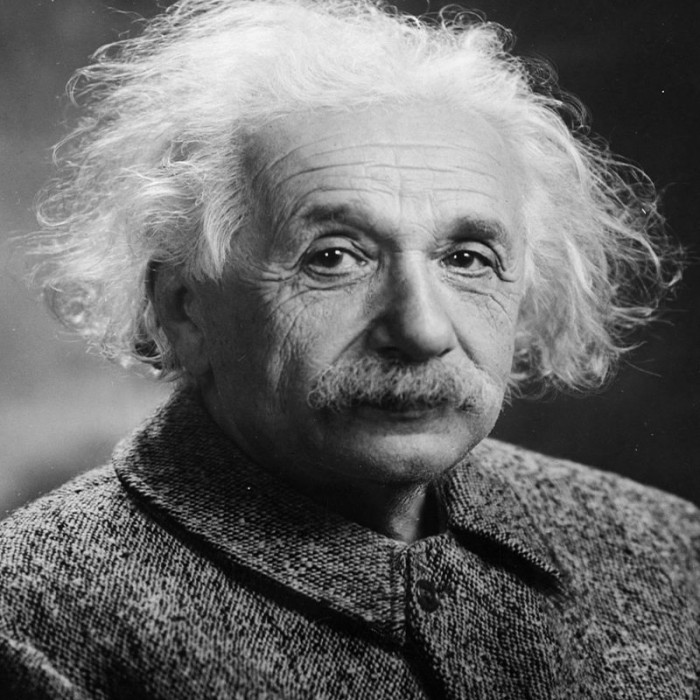
1879 – 1955

1809 – 1865
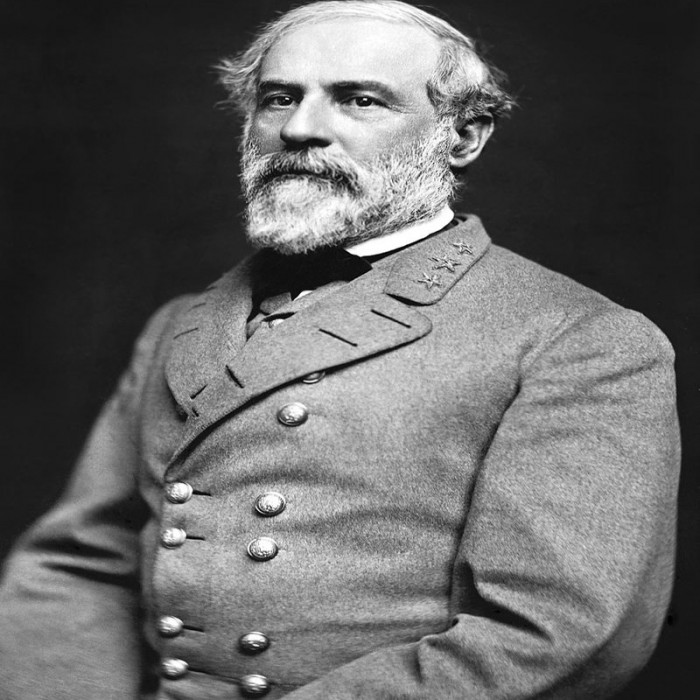
1807 – 1870

1800 – 1859
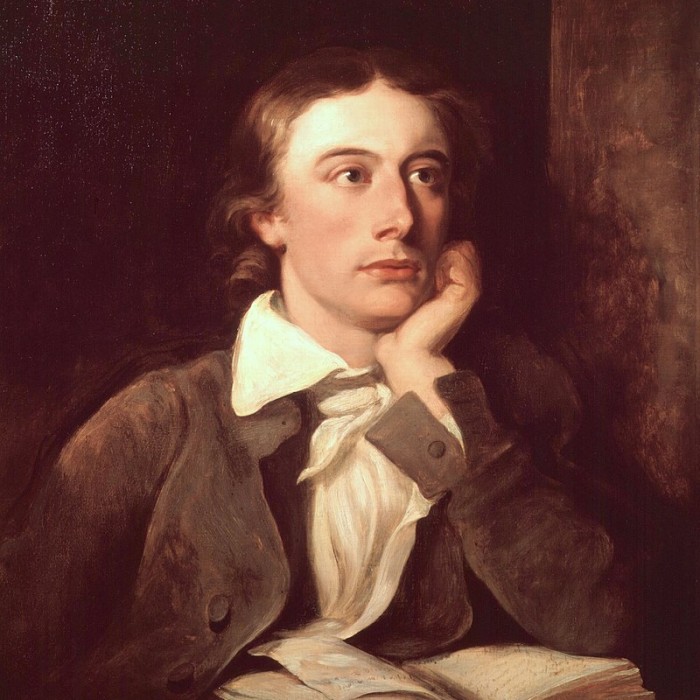
1795 – 1821
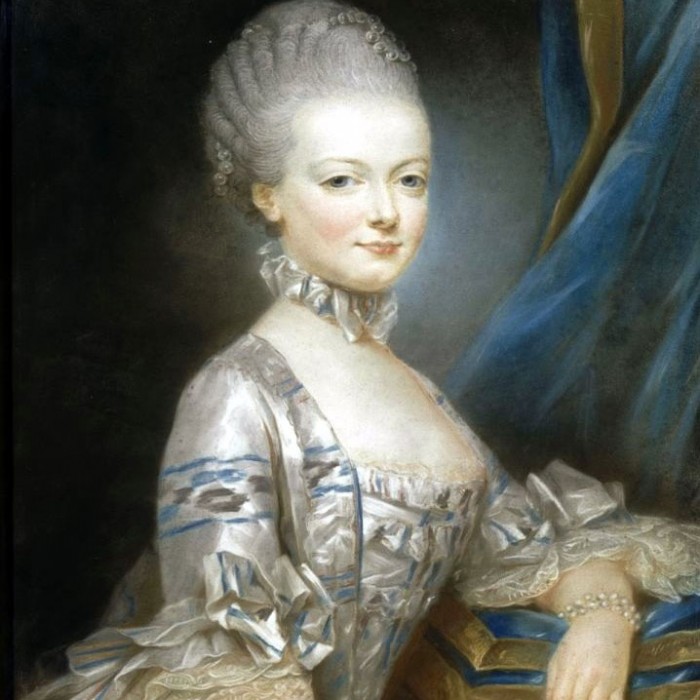
1755 – 1793

1984 -

1989 – 2011
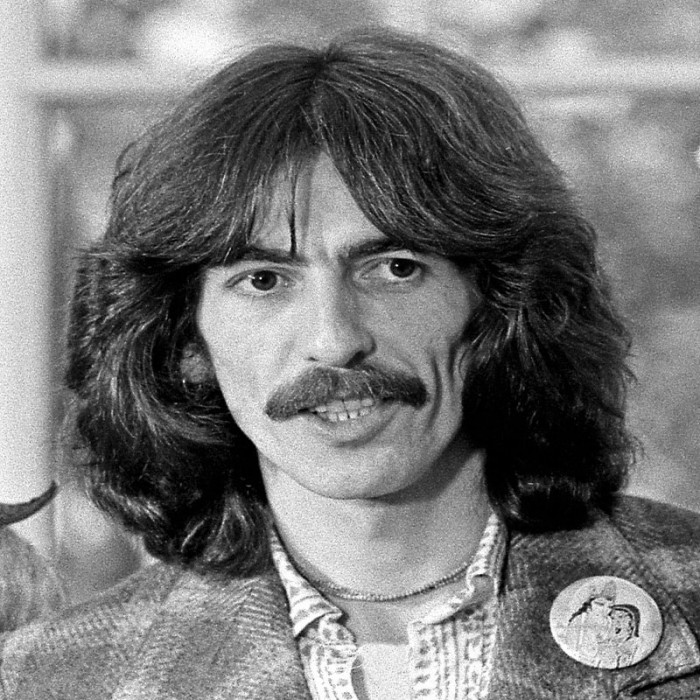
1943 – 2001

1815 – 1902

1929 – 1994

1767 – 1848
